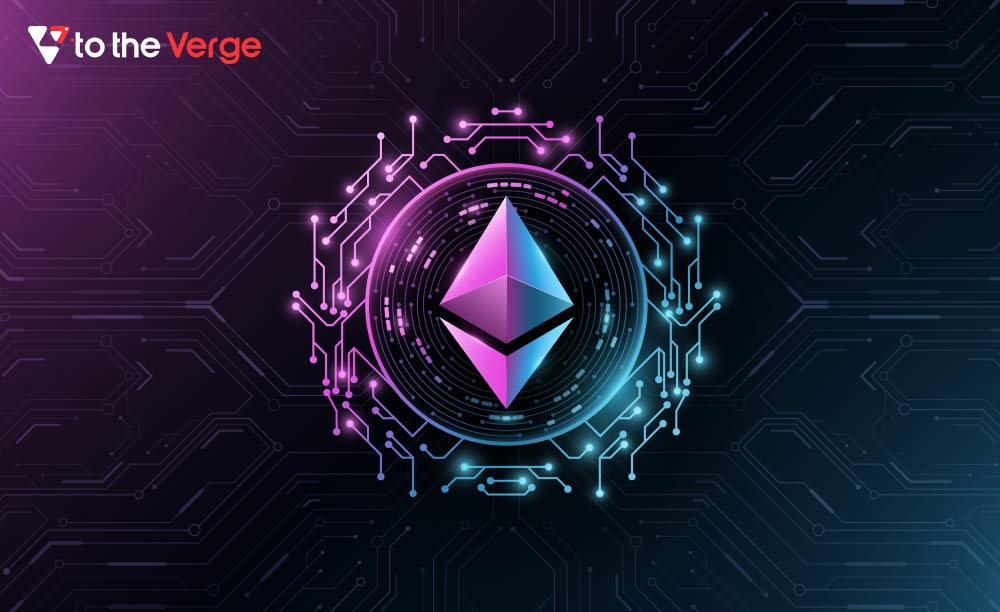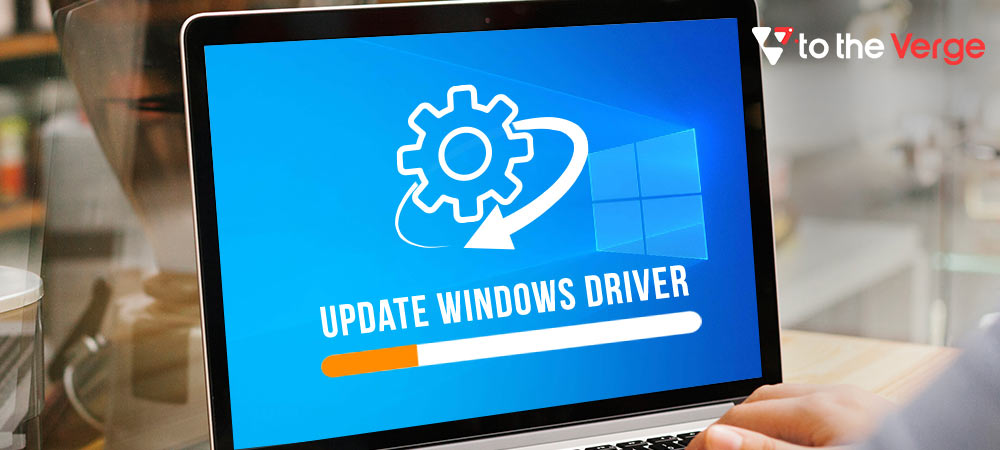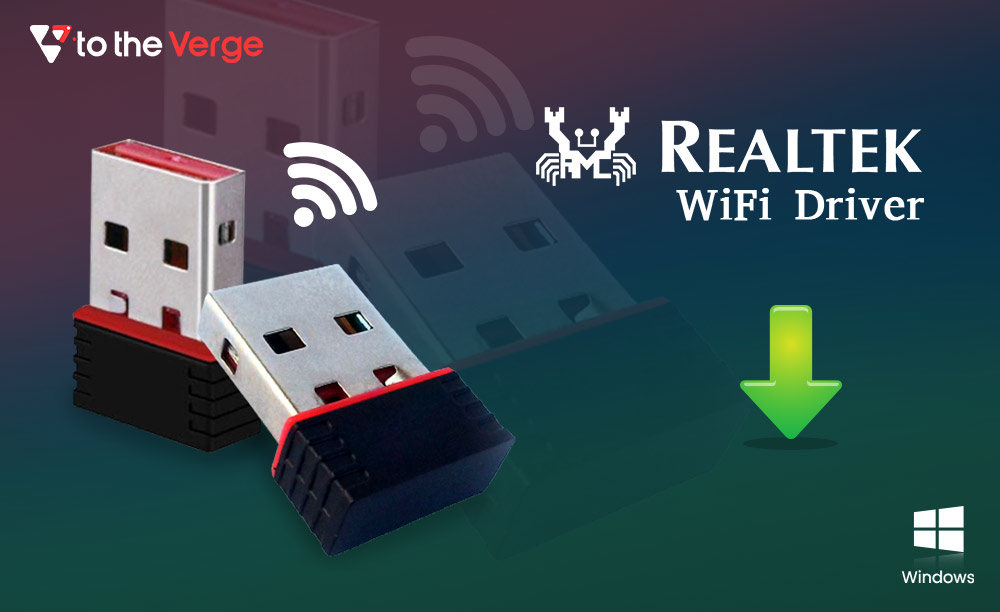The Ropsten testnet — Ethereum’s longest-running testnet Finally completed the long-awaited “Merge” with the Beacon chain on June 8, 2022. The update moves Ethereum one step closer to implementing the long-awaited proof-of-stake consensus mechanism.
By integrating their scripts, Ropsten’s proof-of-work and proof-of-stake beacon chains combined. The merging is crucial for determining if client software that uses Ethereum nodes functions properly. Lighthouse, Lodestar, Prysm, Teku, Besu, Erigon, go-ethereum (GETH), and Nethermind were the client software teams that took part in the merge.
The Ethereum mainnet merging, which has yet to be scheduled, is expected to take place later this year. The event was planned to be a big rehearsal for the mainnet merging, which would see Ethereum switch from proof-of-work to proof-of-stake consensus.
“Of course, the merging operating smoothly for 6 hours is not proof of total success. Longer-term concerns like MEV and staking centralization, security against DOS assaults, and other things that might bite us three weeks after the merging, rather than two minutes during the process, “In the live stream, Ethereum co-founder Vitalik Buterin stated.
Ropsten is Ethereum’s oldest testnet, having been launched in 2016. It enables blockchain innovation testing prior to deployment on the mainnet. It is similar to the mainnet, as are other testnets, with the exception that no “actual” money is at risk if any technical difficulties arise.
The update was initially reported on May 18 by Ethereum core developer Terence Tsao, who revealed that the configuration for Ropsten’s Beacon Chain—a PoS network that operates along with Ethereum’s mainnet—had been integrated, and client updates were on the way.
Following that, another Ethereum developer, Tim Beiko, announced the deployment of a new beacon chain on May 30 and the activation of the Bellatrix upgrade—one of the two essential prerequisites for the Ropsten testnet Merge—on June 2.
Our aim is to chase the future, innovations, and the latest trends of all things tech. We love to interact with industry experts, understand their diverse and unique perspectives, and spread their ideas.







![How to Update and Reinstall Keyboard Drivers on Windows 10/11 [A Guide]](https://wpcontent.totheverge.com/totheverge/wp-content/uploads/2023/06/05062841/How-to-Update-and-Re-install-Keyyboard-Drivers-on-Windows-10.jpg)
